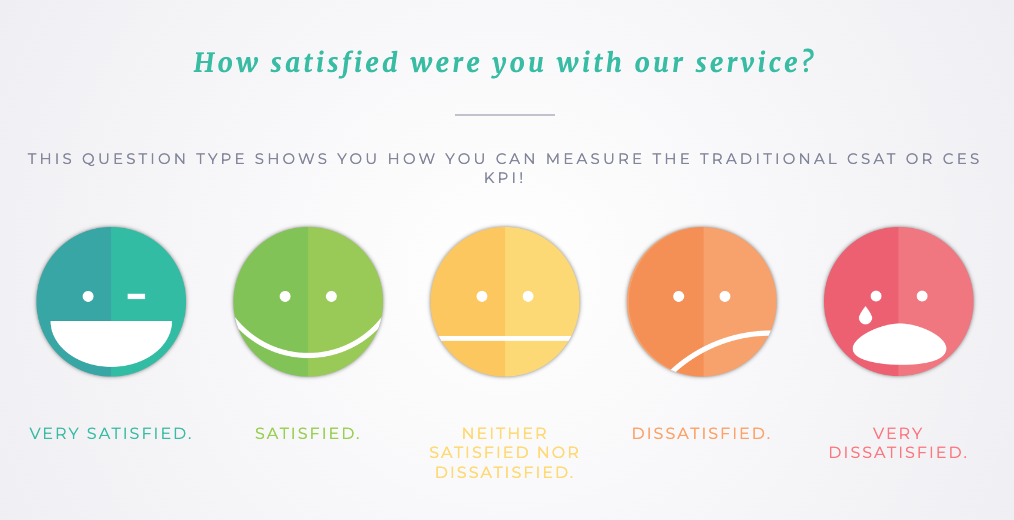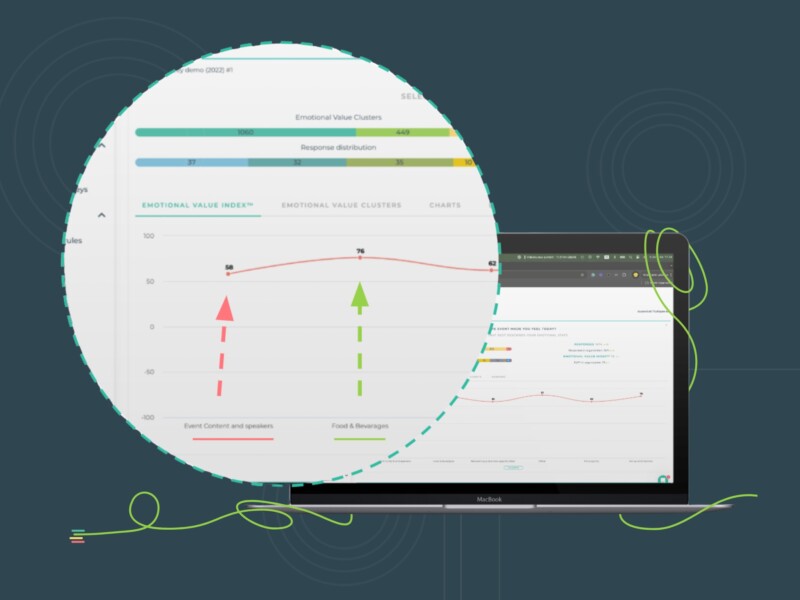Customer Satisfaction Score (CSAT) is a key performance indicator (KPI) used to gauge how satisfied customers are with a company’s products, services, or experiences. Understanding how to calculate CSAT can help businesses improve their customer experience and increase loyalty. This guide will walk you through everything you need to know about CSAT, including its calculation, importance, and best practices.
What is CSAT?
CSAT measures customer satisfaction based on direct feedback from customers. It’s a straightforward and reliable metric that provides insights into customers’ perceptions and experiences. Typically, CSAT surveys ask customers to rate their satisfaction on a scale of 1 to 5 or 1 to 10.
Examples of the CSAT survey
The CSAT survey generally consists of one question, which goes as,
- How satisfied are you with the recent interaction or purchase?
or - How would you rate your overall satisfaction with our service/product?
Brands can rephrase the above question to suit their requirements for measuring CSAT. Respondents can rate their satisfaction on a numerical scale where each number represents a satisfaction level. The most popular is the five-point scale where,
- 1 – Very unsatisfied
- 2 – Unsatisfied
- 3 – Neutral
- 4 – Satisfied
- 5 -Very satisfied

These responses can also be represented in a row of emojis with corresponding values assigned to each. The quantitative nature of the CSAT score makes it easy to calculate. CSAT surveys can be sent out via email, text message, social media DMs, live chat, in-store terminals, and many other channels.
Why CSAT is Important
- Benchmarking: By comparing CSAT scores over time, businesses can benchmark their performance and track improvements.
- Direct Customer Feedback: CSAT provides direct feedback from customers, helping businesses understand what they’re doing right and where they need to improve.
- Customer Retention: Higher CSAT scores are often correlated with higher customer retention and loyalty.
How to Calculate CSAT?
Calculating CSAT involves collecting responses from customers and using a simple formula. Here’s a step-by-step guide:
- Design the Survey: Ask a question such as, “How satisfied were you with your experience?” and provide a scale (e.g., 1 to 5 where 1 is very unsatisfied and 5 is very satisfied).
- Collect Responses: Distribute the survey through various channels such as email, in-app, or post-service.
- Count Satisfied Responses: Count the number of responses that are rated 4 and 5 (if using a 5-point scale).
- Calculate the CSAT Score: Use the formula:
CSAT = (Total number of satisfied responses/ Total number of responses) x 100
For example, if you received 200 responses and 160 of them are 4 or 5, the CSAT score would be:
(160/200) x 100 = 80%
While CSAT scores differ from industry to industry, a score above 75% is generally considered good. Your CSAT campaign should also have a high response rate for an accurate measure.
Best Practices for Measuring CSAT
- Ask the Right Questions: Ensure your survey questions are clear and focused on specific interactions or experiences.
- Timely Surveys: Send surveys immediately after a customer interaction to get accurate feedback.
- Multiple Channels: Use various channels to distribute your surveys, such as emails, SMS, or in-app messages, to reach a broader audience.
- Follow-Up: Act on the feedback received. Reach out to dissatisfied customers to resolve issues and improve their experience.
CSAT vs EVI®
EVI®, the metric designed to measure emotional experience, is similar to CSAT in the sense that it’s also concise and simple to answer.
While CSAT measures customer satisfaction, EVI® measures the emotional experience of customers. It asks customers to select an emotion that best describes their feelings about a recent interaction. The EVI survey presents nine emojis in a circular form, with neutral or indifferent emotions in the center, allowing for a nuanced understanding of customer emotions.
Emotions are a powerful determinant of customer behavior and can significantly influence the way they shop with a brand. By measuring EVI® and improving customer experience, brands can elevate how customers feel and evoke positive emotions throughout the customer journey. Overall, it’s highly effective if CSAT and EVI® are used together.




